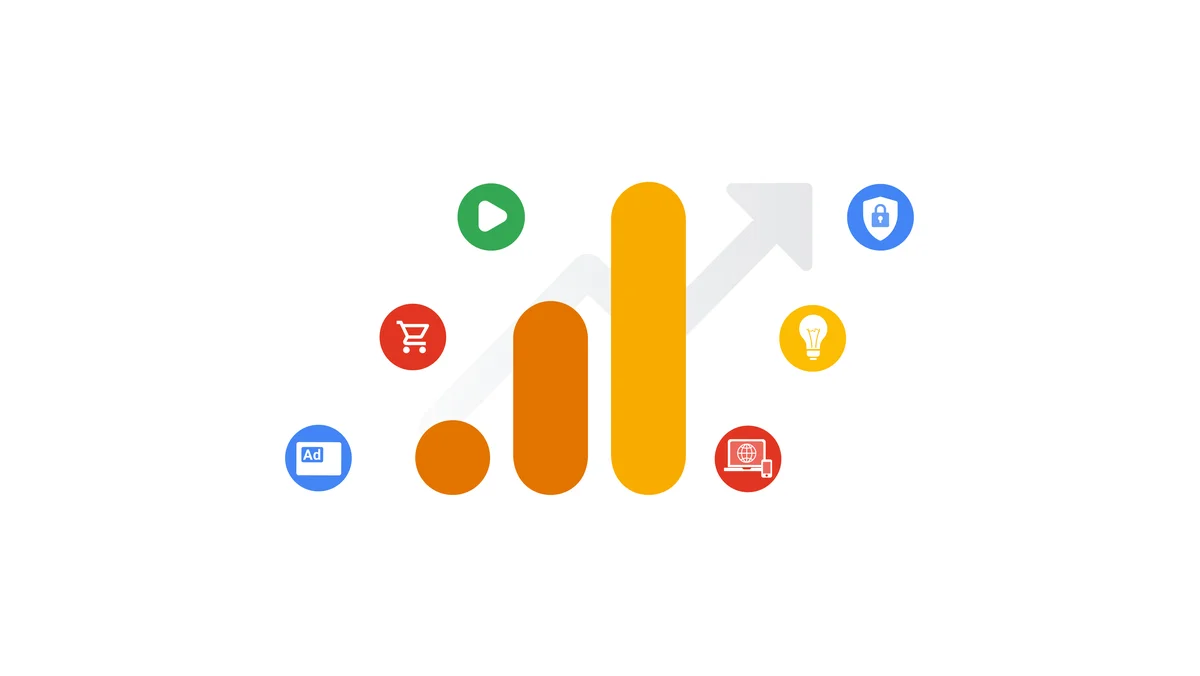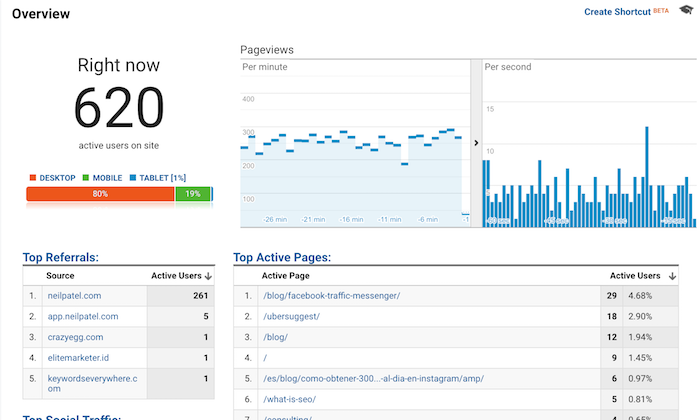When Does the Google Analytics Tracking Code Send an Event Hit to Analytics? Timing and Best Practices Explained
Master Site Insights With Accurate Google Analytics Tracking Code
The effective utilization of Google Analytics depends upon the exact execution of its monitoring code, a basic step usually forgotten by site proprietors. This seemingly easy JavaScript fragment, when properly positioned, becomes the foundation of data collection, supplying understandings right into customer actions and website efficiency. Nevertheless, difficulties can emerge throughout configuration, possibly skewing the information and leading to mistaken decisions. Understanding these ins and outs is essential for making best use of the advantages of analytics. What are the common mistakes that could weaken your tracking initiatives, and exactly how can you ensure accuracy in your technique?
Recognizing Google Analytics Fundamentals
Google Analytics is a vital device for site proprietors and marketing experts, offering indispensable insights into customer actions and site efficiency. At its core, Google Analytics collects information concerning visitors to a web site, enabling individuals to evaluate metrics such as web traffic resources, user interaction, and conversion rates. Recognizing these fundamentals is vital for optimizing an internet site's efficiency and improving customer experience.
The platform utilizes cookies to track communications, taping data such as web page sights, session durations, and bounce rates. This details is aggregated and presented with adjustable control panels, allowing users to picture fads in time. Secret efficiency indications (KPIs) can be monitored, such as the total number of users, brand-new versus returning site visitors, and the geographic distribution of the audience.
Moreover, Google Analytics supplies division attributes, allowing individuals to separate specific website traffic resources or individual demographics for more targeted evaluation. By understanding these foundational aspects, web site proprietors can make informed decisions about material approach, marketing campaigns, and total site enhancements. Inevitably, understanding Google Analytics essentials is vital for leveraging information to drive development and achieve business objectives properly.
Establishing Your Monitoring Code

Duplicate the supplied tracking code and paste it right into the HTML of your website. Preferably, this code should be put in the header area of every page you wish to track. This makes certain that the monitoring code lots before any various other material, permitting it to catch data accurately. If you are making use of a content monitoring system (CMS) like WordPress, there are plugins available that streamline the combination procedure.
After setup, confirm that the tracking code is functioning properly by utilizing Google Tag Assistant or the Real-Time reports in Google Analytics - when does the google analytics tracking code send an event hit to analytics?. This action is vital to validate that your data collection is active and accurate, establishing the foundation for informative analysis
Usual Tracking Code Issues
This might take place when the monitoring code is put in the wrong area of the site's HTML, often leading to insufficient or missing data. In addition, having numerous circumstances of the tracking code on a single page can result in inflated metrics, as individual communications may be counted much more than once.
An additional concern emerges from making use of ad blockers, which can protect against the tracking code from performing entirely, thus skewing data. when does the google analytics tracking code send an event hit to analytics?. Additionally, failure to set up filters properly can cause the exclusion of vital traffic resources or the inclusion of undesirable referral spam, distorting the data gathered
Site owners may likewise overlook the significance of tracking code updates, specifically when migrating to Google Analytics 4 (GA4) from Universal Analytics. Finally, insufficient testing prior to introducing adjustments can cause undiscovered mistakes in the tracking code, further complicating information reliability. Dealing with these typical concerns is essential for making certain accurate tracking and informative analytics.
Analyzing Web Site Data Efficiently
Accurate information collection is only the primary step in leveraging Google Analytics; the real worth depends on efficiently evaluating that information to drive informed decision-making. To achieve this, it is necessary important link to identify key performance signs (KPIs) that line up with your business objectives. Concentrate on metrics such as conversion rates, user engagement, and traffic sources, as these will certainly provide insights into customer actions and the overall performance of your site.
Making Use Of Google Analytics' segmentation attributes enables a much deeper understanding of your target market. By damaging down data right into specific demographics, behaviors, and website traffic channels, you can see this site reveal fads and patterns that educate targeted approaches. Applying customized reports and dashboards can improve this process, making it possible for fast accessibility to essential information.
Moreover, on a regular basis reviewing data patterns in time helps to identify abnormalities and opportunities for enhancement. Make use of visualization tools to present data in a conveniently absorbable format, assisting in much more efficient communication with stakeholders. Ultimately, the ability to analyze internet site data successfully encourages organizations to make critical decisions that improve customer experience, maximize advertising and marketing initiatives, and drive growth.

Best Practices for Accurate Tracking
Implementing efficient tracking methods is essential for acquiring reliable information in Google Analytics. To make certain accurate tracking, begin by appropriately setting up the Google Analytics tracking code on every page of your internet site. This can be completed with a tag manager or by straight embedding the code right into the HTML.
Next, configure your Google Analytics account to omit interior website traffic. This can be done by establishing up filters that determine and eliminate check outs from your organization's IP address, thereby protecting against skewed information. In addition, utilize occasion monitoring to check certain user interactions, such as downloads or video clip plays, which standard page views may ignore.
On a regular basis examine your monitoring setup to confirm that all attributes, such as objectives and ecommerce monitoring, are functioning properly. Establish a consistent identifying convention for your events and campaigns to promote less complicated reporting and analysis.
Finally, think about leveraging UTM specifications for projects to acquire insights into the performance of different advertising initiatives. By following these finest practices, you can improve the precision of your data collection and analysis, eventually causing more educated decision-making for your site.
Conclusion
By guaranteeing the monitoring code is correctly put and consistently audited, website owners can record crucial more info here user communication information, hence assisting in the identification of key efficiency signs. Inevitably, a robust monitoring structure boosts the ability to drive interaction and improve total web site efficiency.

Not enough screening prior to introducing changes can result in undetected errors in the tracking code, further complicating data reliability.Implementing effective monitoring methods is essential for obtaining trustworthy data in Google Analytics. By making sure the tracking code is properly positioned and on a regular basis examined, site owners can capture essential individual communication data, therefore promoting the identification of key efficiency signs.